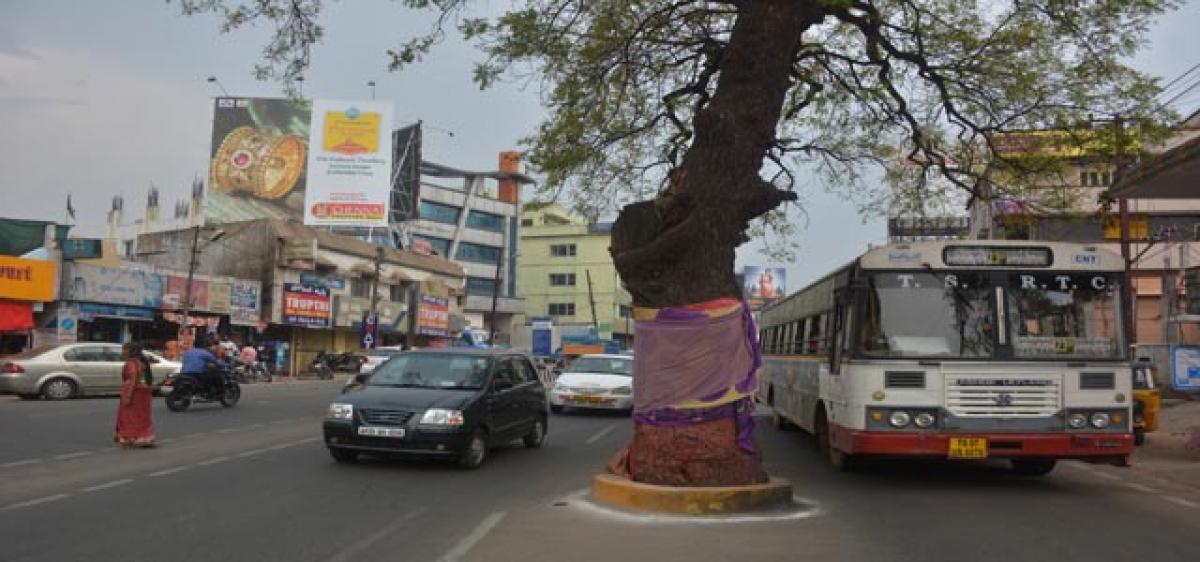Live
- Telangana Government Announces Rs. 5 Lakh Compensation for Families of Gulf Migrant Workers
- Grand Celebration of Dasara Festival on the 5th Day – Bhadrakali Goddess in Skandamata Ornamentation
- CM Revanth Reddy Urges Young Engineers to Lead Musi River Revitalization at TGPSC Event
- UTF District Branch Demands Immediate Implementation of the 12th PRC
- Dark-Humor Thriller 'Snakes & Ladders' Set for Global Premiere on October 18
- Kadapa Municipal Corporation Holds Public Grievance Redressal Meeting
- IAF set to celebrate its 92nd Raising Day
- Children should taught about importance of wildlife: MP Governor
- ‘Rising Rajasthan’ pre-summit of Mines Department to be theme-based
- CBI files interim report before Delhi High Court in coaching centre deaths









